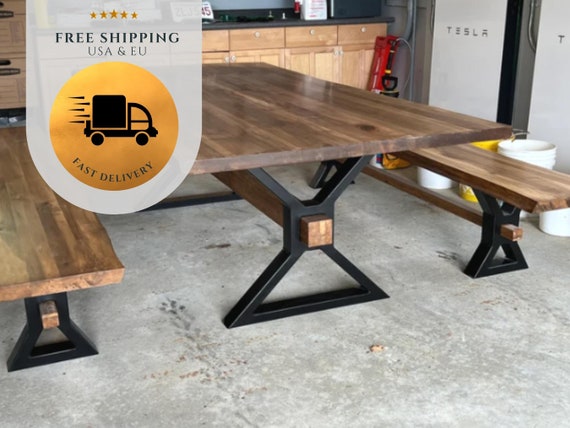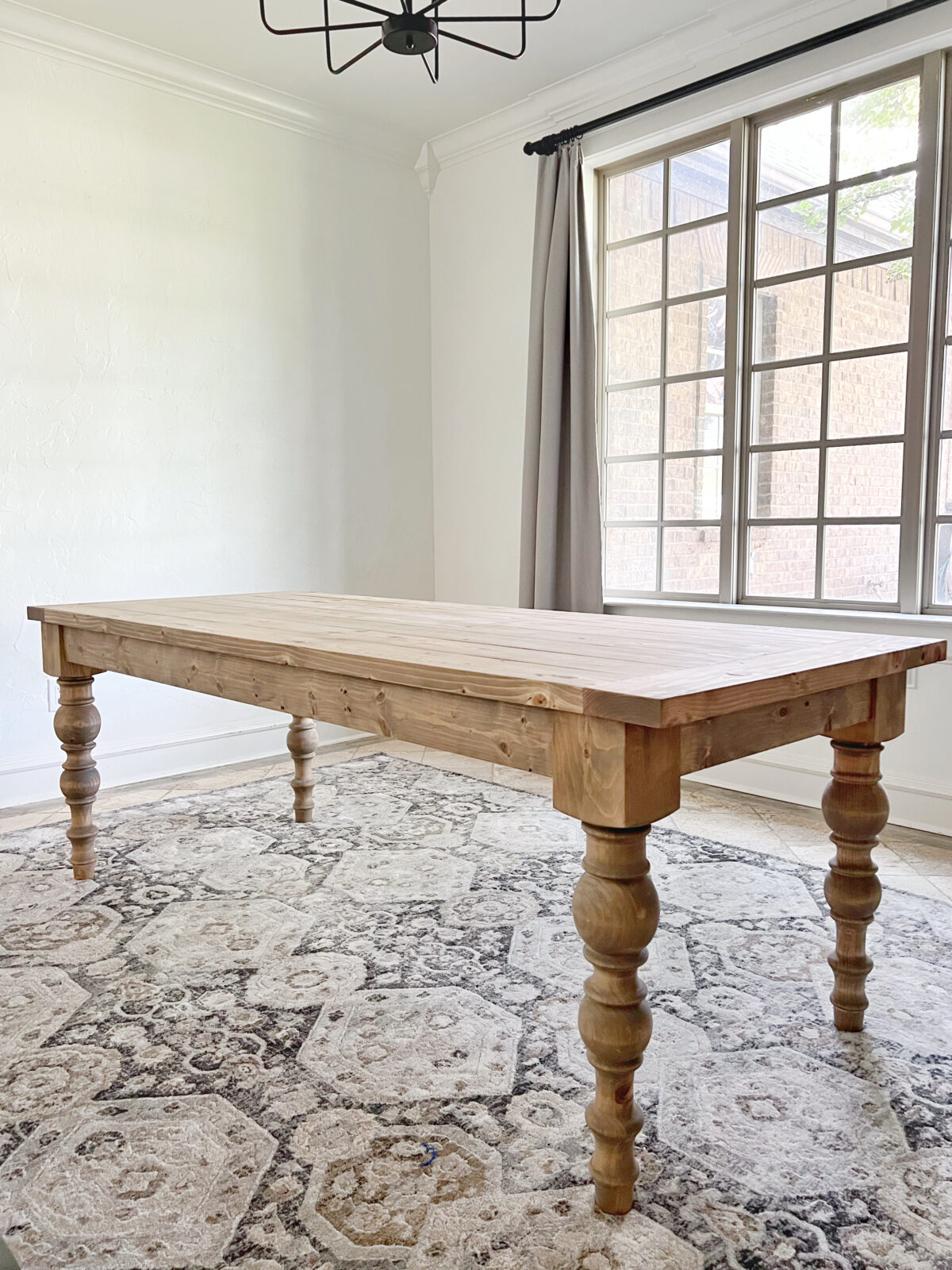The Ultimate Overview to Selecting Long Lasting Dining Room Table Legs
The Ultimate Overview to Selecting Long Lasting Dining Room Table Legs
Blog Article
The Ultimate Overview to Choosing the most effective Styles for Table Legs
Choosing the ideal designs for dining table legs is a nuanced process that calls for stabilizing visual appeal with practical factors to consider. Whether you are attracted to the sleek lines of modern designs, the heat of rustic farmhouse styles, or the timeless beauty of traditional craftsmanship, each choice can dramatically impact your eating room. Custom options offer a possibility for individual expression, guaranteeing your table comes to be an unique prime focus. Understanding the material and finish choices further enriches this decision-making process. As we explore these diverse designs, you'll uncover just how to harmonize type and function in your dining area.
Modern Table Legs
In the realm of contemporary furnishings layout, contemporary table legs stand apart for their sleek and cutting-edge visual appeals. Characterized by clean lines and minimal types, these legs typically use products such as stainless-steel, chrome, and solidified glass to create an innovative aesthetic appeal. Not just do they improve the overall style of the eating table, but they additionally add to its structural honesty and practical versatility.
Among the essential features of contemporary table legs is their flexibility to various table tops, from marble and glass to timber and engineered surface areas. Developers often try out geometric shapes, including angular, tapered, and even sculptural kinds, to add an unique touch to every item. This strategy not only ensures a modern appearance yet likewise enables greater modification to suit specific preferences and indoor decoration.
Modern eating table legs also emphasize ease of maintenance and sturdiness. Therefore, modern-day eating table legs personify both kind and feature, making them a preferred selection in today's design landscape.
Rustic Farmhouse Styles
While modern table legs astound with their streamlined, minimal layouts, rustic farmhouse designs provide a contrasting yet equally engaging technique to furnishings looks. Rooted in simplicity and functionality, rustic farmhouse table legs often include robust, solid timber buildings that evoke a feeling of warmth and tradition. These styles generally incorporate redeemed or distressed wood, including personality and a vintage appeal to any eating room.
One of one of the most distinguishing attributes of rustic farmhouse table legs is their considerable, durable look. Typically crafted from oak, pine, or various other hardy timbers, these legs can consist of a range of forms, from straight and square to elegantly turned or tapered layouts (dining room table legs). The craftsmanship stresses durability, with hand-finished information that highlight the natural grain and blemishes of the wood, making each item uniquely lovely
In addition, rustic farmhouse legs often utilize classic joinery strategies, such as mortise and tenon joints, making certain stability and durability. This design is especially fit for producing a cozy, welcoming ambience, ideal for family celebrations and communal eating experiences. By incorporating rustic farmhouse table legs, one can effortlessly blend capability with timeless looks, attaining a timeless charm that improves the eating environment.
Timeless and Classic Designs
Enduring sophistication specifies timeless and timeless dining table leg styles, flawlessly mixing tradition with refinement. These designs catch the significance of withstanding elegance, often featuring detailed workmanship that pays homage to historical styles while keeping a modern appeal (dining room table legs). The aesthetic balance achieved through such legs guarantees they continue to be relevant and stylish across various interior settings, from typical to modern-day homes

Additionally, the versatility of classic table legs permits them to complement various tabletop designs, producing a natural and harmonious eating experience. Their classic see page nature guarantees that they stand up to transforming trends, making them a valuable investment for any kind of eating space. Whether you seek downplayed class or grand appeal, traditional eating table legs supply a perfect blend of kind and feature, enhancing the overall aesthetic of your dining area.
Customized and Special Alternatives
When it involves eating table leg designs, custom and special options provide an unique method to showcase personal preference and creative thinking. These choices allow homeowners and designers to move past conventional designs, creating a table that truly mirrors specific design and the total style of the eating area. Custom-made legs can be crafted in a myriad of forms, sizes, and patterns, from complex makings to modern geometric kinds, making it possible for countless opportunities.
One-of-a-kind eating table legs can offer as a prime focus in a room, drawing interest and triggering conversation. Legs made to look like tree branches can bring a touch of nature indoors, while sculptural steel legs can impart a contemporary and industrial panache. One more popular pattern is including multimedias, such as incorporating timber with metal or glass, to produce a striking comparison and added visual passion.

Product and End Up Selections
Selecting the right product and coating for eating table legs is vital to attaining the desired visual and performance. The option of materials can considerably impact the table's toughness, upkeep, and total design. Typical materials for eating table legs consist of wood, steel, and acrylic.
Steel legs, such as those made from stainless steel or iron, supply a modern-day and industrial look. Acrylic legs, although much less conventional, offer a contemporary and ventilated feeling, ideal for smaller sized spaces or minimal designs.
The finish related to the legs even more improves their appearance and toughness. Wood legs can be discolored to improve their natural grain or painted for a much more consistent look. Steel legs could be polished for a sleek finish or powder-coated for added protection versus wear and deterioration. Polymer legs typically call for very little ending up yet gain from routine cleaning to keep their clearness.
Inevitably, the selection of product and surface should straighten with the eating table's total style, usage requirements, and the existing decoration of the dining room.
Verdict
The selection of eating table legs dramatically influences link the visual and capability of a dining area. Modern styles offer streamlined, minimalist allure, while rustic farmhouse styles provide heat and personality. Careful factor to consider of these variables ensures a harmonious and visually attractive dining location.
Report this page